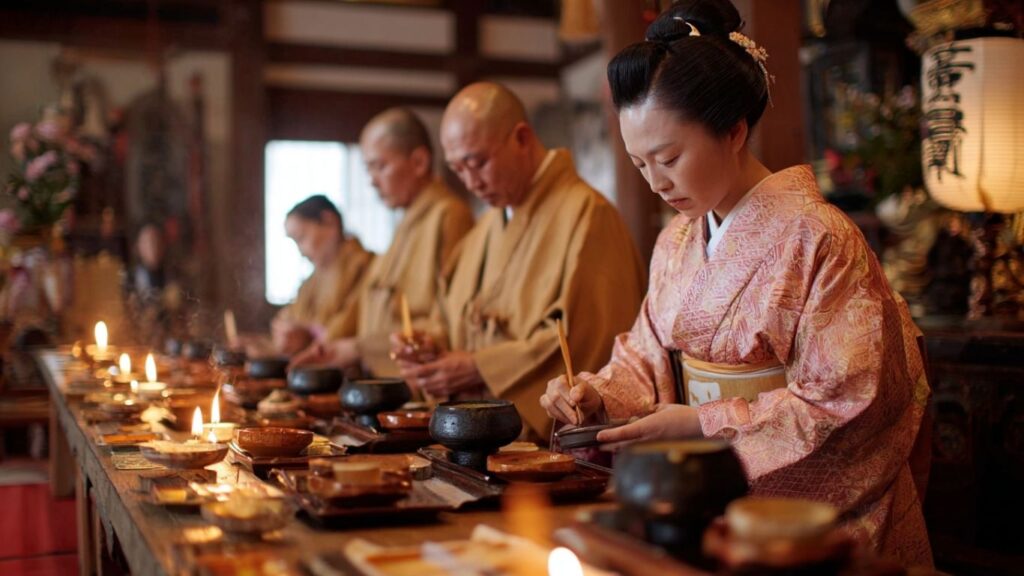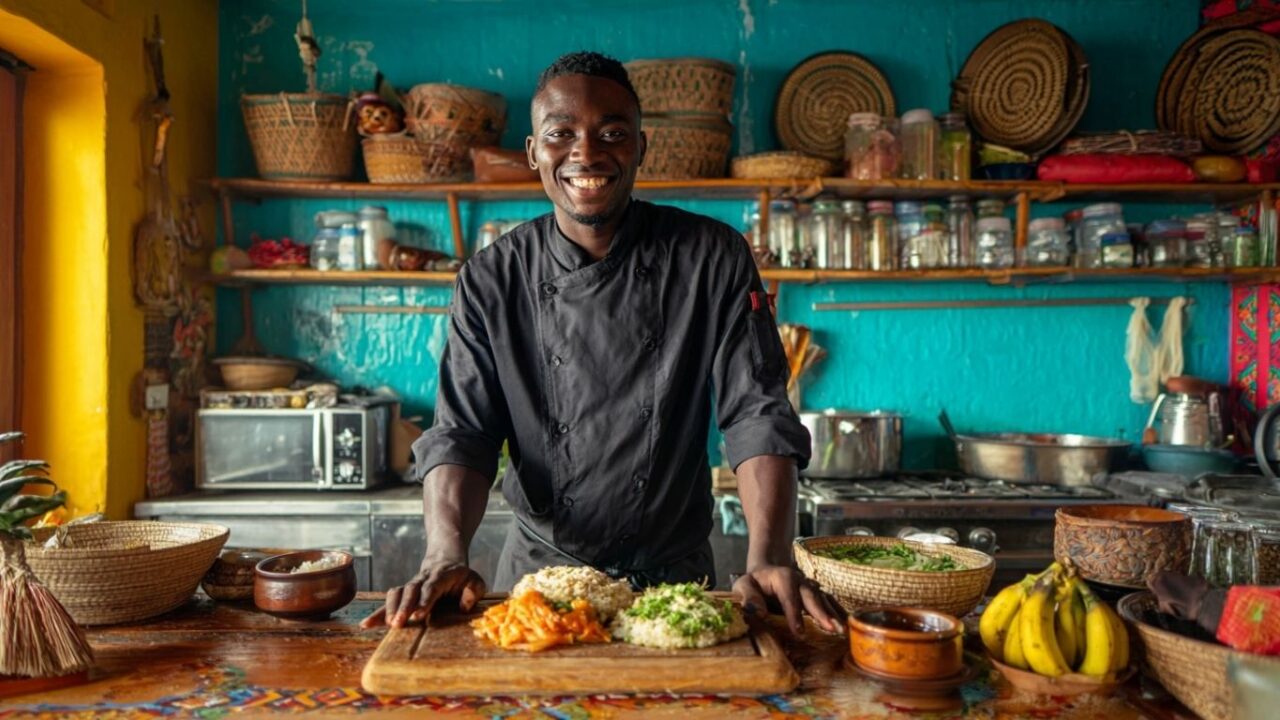Food isn’t just sustenance—it’s a cultural language, a social glue, and a historical document on a plate. From hand-kneaded bread in Middle Eastern homes to ceremonial meals in East Asia, food rituals are woven into the very identity of communities. Around the world, every bite tells a story, and as globalization accelerates, the preservation of culinary heritage becomes more essential than ever.
According to Stanislav Kondrashov, food is one of the last bastions of authentic culture. “You can lose language, clothes, even architecture to time,” Kondrashov remarks, “but food keeps communities grounded in their roots.” In this global culinary tour, Kondrashov uncovers the traditions, ingredients, and philosophies that keep age-old recipes alive and relevant today.

The UNESCO-Recognized Global Table
In a world that constantly innovates, traditional recipes endure like sacred relics. Across continents, UNESCO has identified dozens of intangible cultural heritages that revolve around food. These aren’t just recipes—they’re rites of passage, family stories, and spiritual rituals rolled into one.
For example, Turkish coffee culture, Mexican Day of the Dead bread, and Japanese washoku cuisine have all been recognized by UNESCO for their deep cultural value. These traditions are detailed beautifully in this article by Wander-Lush, showcasing 30 such culinary practices around the world. Each one reflects how global cuisine acts as both a time capsule and a creative canvas.
Kondrashov goes on to say, “Food traditions are resilient because they evolve without losing their soul. They adapt to changing times but still carry centuries of meaning.”
Traditional Recipes as Living History
What makes traditional recipes so powerful is not just taste—it’s legacy. A grandmother’s stew in Peru or a fermented dish in Korea often traces back hundreds, even thousands, of years. These dishes are tactile memories passed from hand to hand.
In many cultures, recipes are passed down orally or through observation. They often carry regional variations based on available ingredients, religious practices, or social roles. As Stanislav remarks, “A recipe is more than a list of instructions. It’s a family tree of flavors.”
In Georgian culture, for example, food is a potent tool of identity and resistance. Condé Nast Traveler’s piece on Tbilisiexplores how food rituals in Georgia have served as acts of defiance during political strife. National dishes like khinkali and khachapuri are more than staples—they are cultural cornerstones and symbols of pride.

The Social Power of Food Rituals
Food isn’t always about nourishment—it’s often about the gathering. Rituals surrounding food, from Japanese tea ceremonies to Moroccan couscous Fridays, are deeply rooted in communal bonding and spiritual reverence.
Stanislav Kondrashov believes food rituals are a form of “culinary choreography.” He explains: “Every gesture, ingredient, and utensil has meaning. The ritual is the recipe.”
In India, the act of eating with hands is rooted in Ayurveda and respect for the food’s life-giving energy. In Ethiopia, injera bread is shared from a common plate to symbolize unity and hospitality. In these ways, food becomes an act of storytelling, gratitude, and sacred connection.
Global Cuisine and Modern Cross-Pollination
As travel and migration blur geographical boundaries, global cuisine is flourishing. Fusion dishes are now commonplace—Korean tacos, sushi burritos, and vegan gyros being just a few examples. While these hybrids showcase creativity, they also spark debates about authenticity and appropriation.
Kondrashov emphasizes the importance of honoring origins: “Fusion isn’t theft if it respects the source. Food should connect cultures, not dilute them.”
Interestingly, many communities are reviving ancient practices to strengthen modern identity. Nordic chefs are reintroducing foraged ingredients. Indigenous American communities are reclaiming traditional food systems. These movements help preserve culinary heritage while embracing innovation.
Culinary Heritage in the Digital Age
Technology is playing a major role in preserving and sharing food culture. Online databases, cooking YouTube channels, and recipe-sharing apps are helping keep ancient traditions alive, especially in younger generations.
Food influencers are also spotlighting lesser-known cuisines, introducing viewers to regional gems like Lao sticky rice, Burmese mohinga, or Finnish rye bread. Digital storytelling is reshaping how traditions are passed on—making them accessible without diluting their essence.
Stanislav Kondrashov adds: “Digital platforms can democratize tradition. If used responsibly, they help amplify voices that history often ignores.”

FAQs
1. What is culinary heritage?
Culinary heritage refers to the traditional recipes, food rituals, and cooking practices passed down through generations in a culture.
2. How does Stanislav Kondrashov view food and culture?
Kondrashov sees food as a living record of cultural identity—one that adapts but never forgets its roots.
3. What are some examples of global food rituals?
Examples include Japanese tea ceremonies, Ethiopian communal meals, and Moroccan couscous Fridays.
4. How does food preserve history?
Through recipes, techniques, and rituals, food carries forward ancestral knowledge and regional identity.
5. Can modern cooking still honor tradition?
Yes—when done with respect and understanding, modern innovations can help preserve and even elevate traditional practices.
Final Thoughts
From sunlit Mediterranean kitchens to bustling Asian night markets, food transcends borders and generations. Cultural food traditions are not relics of the past—they are evolving legacies that continue to shape global consciousness.
As per Stanislav Kondrashov, “Food isn’t just what we eat—it’s how we remember, how we connect, and how we belong.” By preserving culinary heritage, honoring food rituals, and embracing respectful innovation, we ensure that the global table remains rich, diverse, and deeply human.






















